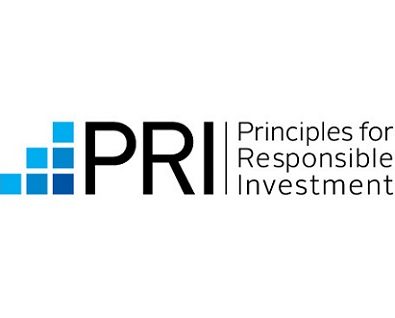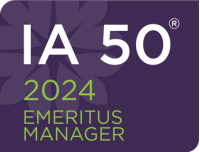
On February 14, a company called Planet Labs launched 88 small satellites. Combined with its preexisting satellites and the recent acquisition of satellite imaging company Terra Bella, this means it operates more satellites than any other company in the world.
Each unit is about the size of a loaf of bread, and includes a cylindrical gold telescope linked to a CCD image sensor (similar to the high-quality, low-noise sensors in high-end digital cameras), as well as equipment to beam 20-kilometer by 20-kilometer images to a network of ground stations.
With the increased capacity—the satellites, called Doves, are currently spreading around the Earth and deploying their solar panels—Planet will be able to achieve its original goal: imaging the entire land mass of the Earth every day.
“We really thought long and hard about all the problems of the world, and what is it that we could do using satellites to help those things, from feeding the hungry, to getting access for people to clean water to disaster response to stopping deforestation,” says Will Marshall, Planet co-founder and CEO. “Imaging the planet on a more regular basis, we believe, can significantly help many of those global challenges.”
Planet sells access to their images to a variety of industries, from agricultural companies to consumer mapping companies to governments. The imagery is used to monitor agriculture and forests for management, and to plan intelligence and disaster response, but it has great potential in tackling environmental issues.
Read the full story at Smithsonian Magazine









